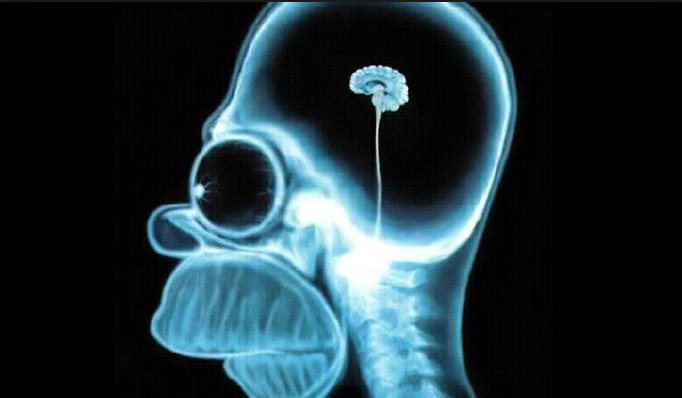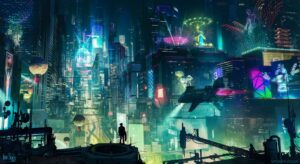- There was very wow this year as I had already seen almost every product that was on display but critically, these products were closer to market than they were last year.
- The stand-outs that no one talked about were as follows.
The Metaverse – Augmented story.
- In 2022, The Metaverse was all everyone wanted to talk about but a price hike from Meta and increasing interest rates caused both device shipments and excitement to evaporate in 2023.
- Despite this, plenty is still going on in The Metaverse but hardly anyone seems to care.
- 2023 saw a number of Chinese companies pretending to be USA companies demonstrating the latest and greatest in augmented reality lenses.
- In my opinion, poor quality image quality in transparent lenses is the single biggest problem holding up augmented reality (but there are plenty of others).
- This year saw the entire field of Chinese AR lens companies disappear to be replaced with a similar number of Korean companies offering pretty much the same thing.
- Although the lenses are getting better, progress has definitely slowed down in the last 12 months and I see no reason to think that this technology will be anything like ready before 2028 or 2029 to sell in volumes.
- Until then, I expect that augmented reality will remain an enterprise play as in this segment, productivity is more important than size, battery life, weight and user experience.
Automotive – Displays and software.
- The sector that has seen the most progress in the last 12 months is undoubtedly, automotive.
- CES 2024 saw meaningful improvements in both the software architecture and heads-up displays, which are important when considering the quality of the digital experience in the vehicle.
- Here, Valeo proved to be one of the more innovative companies showing flexibility in software that makes it easy to use the same code in all trim levels but could also be used to upgrade hardware in the middle of the vehicle’s life cycle.
- I have long thought that upgradeable hardware is an important component in enabling OEMs to compete with the smartphone in the vehicle and I view steadily growing adoption in the industry as good news.
- Valeo has also come up with a superior alternative to the projection on the bottom of the windscreen that BMW showed in its concept car last year.
- This solution involves specialised TFT LCDs and a reflective surface at the bottom of the windscreen.
- This works surprisingly well and looks to me to be a superior system to using projectors.
- Whether this can be adapted and used as a HUD remains to be seen but Valeo generated a lot of interest, and its stand was always busy.
Transparent displays – Not as you saw it.
- Headlining in the press were a series of transparent displays all of which make compromises in visual quality which in my opinion kills their use case.
- One use case is to use them as windows in a stadium box and then overlay event data on top of what the spectators can already see.
- However, much more interesting things were to be found buried deep in Eureka Park, a place which many CES goers never visit.
- Here, there were a few solutions (some much better than others) using reflective film which is stuck to the glass to reflect light from a projector as well as allowing ambient light to pass through.
- The key to this is the brightness of reflection as well as how much the film impedes light travelling through it and this is where one sees the divergence in quality from one offering to another.
- This looks to have potential for offering navigation in augmented reality for drivers as well as other services although the issues with focal planes and distraction will need to be addressed.
- Extending digital services across other surfaces in the vehicle is one way for OEMs to push back against the digital ecosystems that are still, by and large, limited to the infotainment screen.
- OEMs need to move fast as this is not somewhere where they intend to be caged for long.









Google and Intel – Two Sto ...
25 April 2025